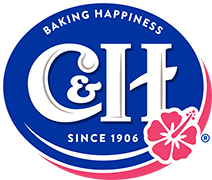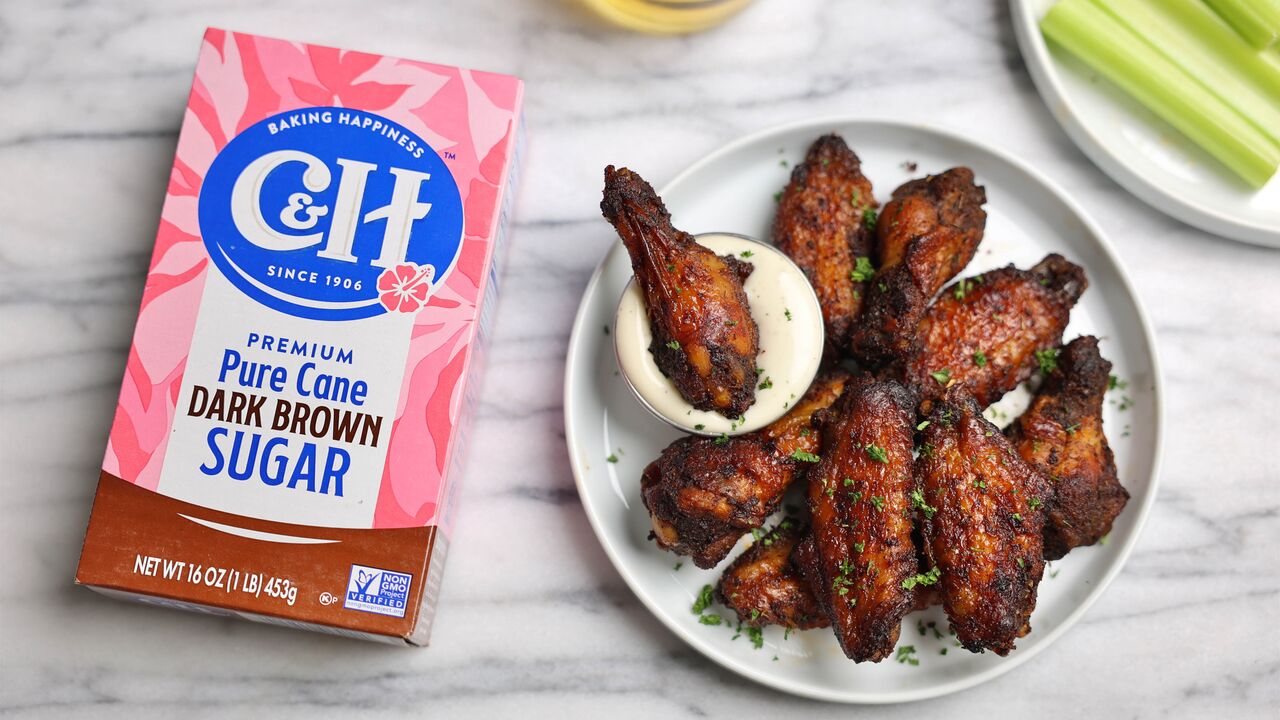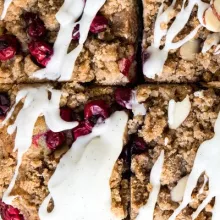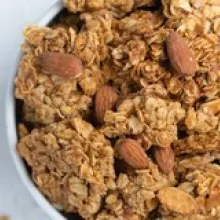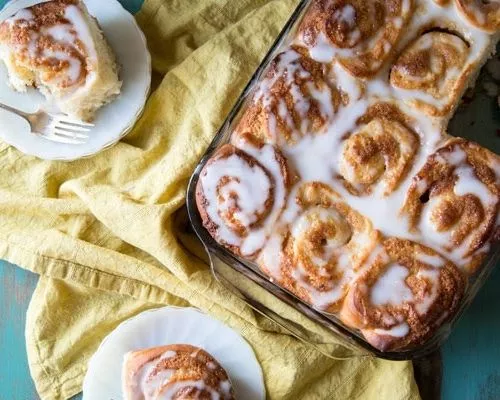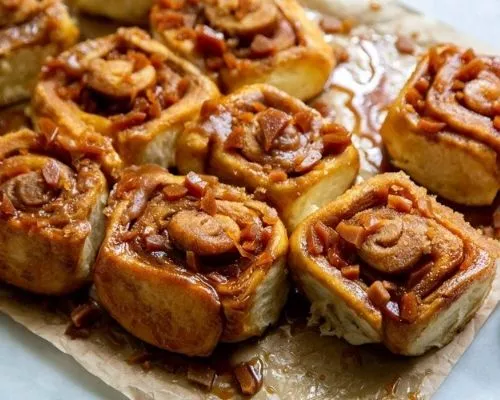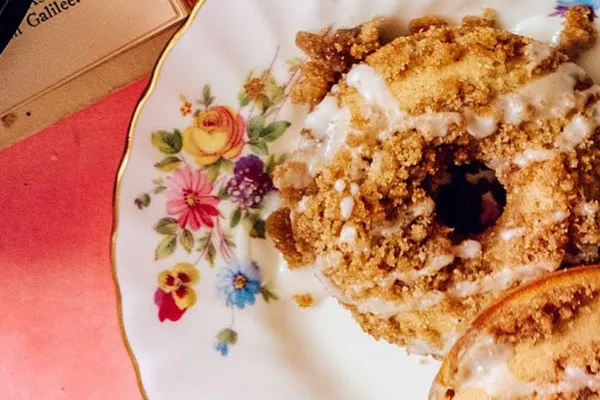
Categories: party planning / savory dishes / Summer / barbecues
Safely Selecting Your Meal’s Ingredients
It’s best practice to purchase refrigerated items after selecting non- perishables. This will ensure that the refrigerated items remain fresh until you can transfer these ingredients to the refrigerator or begin cooking with them immediately. Never choose meat or poultry from packages that are leaking or appear tampered with.
Properly Storing Your Ingredients
When you arrive home from the grocery store, make sure to refrigerate all perishable items within two hours of leaving the store. Make sure your refrigerator’s interior temperature is below 40°F and your freezer is 0°F or below. Meat and poultry should be wrapped before storage to prevent the contamination of surrounding food. Try to keep meat in its original package if possible. If not, use foil, plastic wrap, or containers recommended for the freezer, and freeze refrigerated meat and poultry within two days of purchase.
Thawing Your Ingredients Safely
Using the refrigerator is the safest way to thaw food. Placing food items in a plastic bag and submerging the bag in cold water or using the microwave works well also, but be sure to cook the contents immediately after thawing when using these methods.
Meal Preparation Best Practices
Always wash your hands with soap and water for at least 20 seconds before preparing any food items. Be certain not to cross- contaminate meat and poultry with other food items as you are preparing your meal. To avoid this, be sure to wash used knives and cutting boards in-between uses. Sanitizing your cutting board is easy. Simply rinse it with a solution of one tablespoon of unscented liquid chlorine bleach mixed with one gallon of water. This will ensure it is completely sanitized before your next use.
Safety While Cooking Your Meal
Be sure to cook all raw beef, pork, lamb and veal steaks, chops and roasts to a minimum internal temperature of 145°F. Take a measurement with a meat thermometer before removing it from the heat source. For extra safety when cooking, let the meat sit in a covered dish for at least three minutes before serving. Cooking meats longer and at higher temperatures helps to reduce the risk of food-related illness.
Serving Your Meal Safely
Hot food should be kept hot and served at a temperature of 140°F or warmer. Cold food items should be held at a temperature of 40°F or colder before serving. Serving food buffet-style requires a constant heating source in the form of a chafing dish, slow-cooker, warming trays, etc. Remember that perishable food items should not be eaten after being left out for more than two hours.
Properly Storing Leftovers
Throw away any food that has been left out at room temperature for more than two hours. Place leftover food items in a shallow container and immediately place into the refrigerator for storage or the freezer if rapid cooling is preferred. Leftover food items are safest to eat within three to four days of initially being served. Be sure to reheat all leftovers to at least 165°F before enjoying.
Refreezing Your Ingredients
Meat and poultry that has been defrosted in the refrigerator can be refrozen before or after cooking. If thawed by other methods, cook before refreezing.
